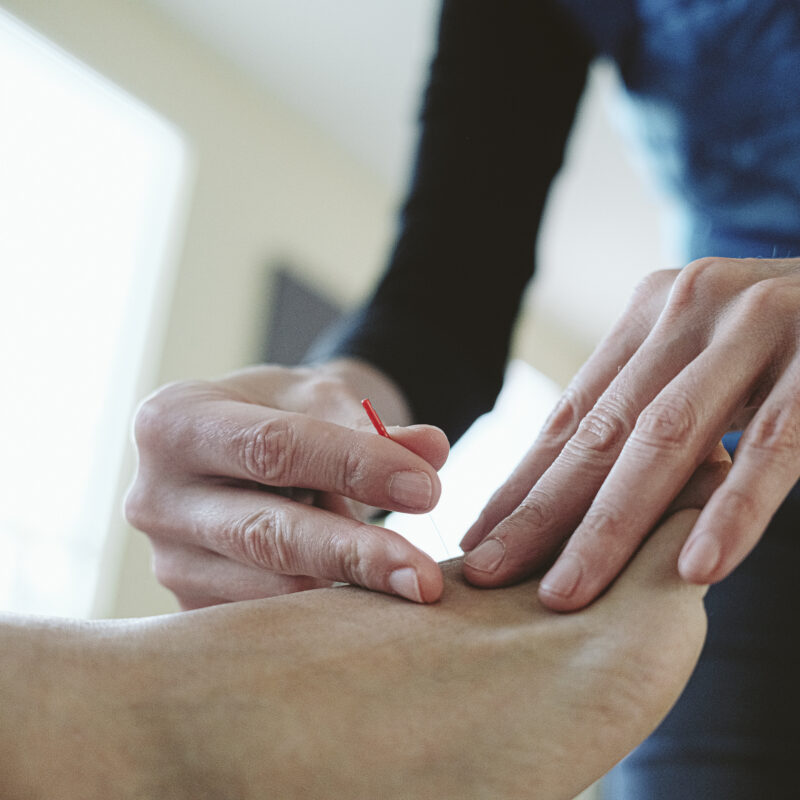Jacie Dunkle, owner of Fellini’s #9, has plenty of reasons to celebrate this holiday season. First off, last week marked the Italian restaurant’s fourth anniversary under her helm. (A previous restaurant called Fellini’s occupied the space from 1982 to 1994, and, by the way, Dunkle’s addition of #9 to the former name has kind of a creepy history, but we’ll let you read about it for yourselves on the back of your menu.) Now, surviving four years in the rocky restaurant world practically makes you a veteran. At the very least, it’s cause for a party. And Fellini’s had a big one last Friday. Even American Dumpster, which played Fellini’s grand opening party in 2004 and all three of its anniversary parties in 2005-2007 but which broke up earlier this year, was inspired to get the band back together for the event.
Second of all, Fellini’s hosted one of the most interesting annual culinary events for the second time this year, and it was such a success that Dunkle says she plans to hold the
 |
event twice in 2009. We’re talking of course about Fellini’s Halloween-inspired blind wine pairing dinner held in October. If you don’t know what we’re talking about, it was not, as you might initially assume, your typical blind tasting where you sample wines without knowing their origins. This was one of those I-can’t-see-my-food-or-my-finger-in-front-of-my-face kind of affairs.
Blind dining began as a trend in Europe in early 2000 and has been catching on in major cities ever since. The most well-known dining-in-the-dark establishment in the states probably is Opaque, which has locations in Los Angeles, San Francisco and San Diego. At Opaque, all of the wait staff is either blind or sight impaired. At Fellini’s the server is a sighted person, which is kind of a disadvantage, ironically enough. With no regular practice or heightened other senses, the server at Fellini’s may be just as clueless about where your fork is as you are.
“This year we decided to put glow sticks at the end of the last chair at each table so the server could get his bearings better,” says Dunkle.
Surprisingly, there have been no major spillage incidents in the past two years. “We tell diners to stick their finger in the wine glass about half way and to tell us to stop pouring when they feel the wine up to their finger.”
Unlike in other dark dining restaurants, Fellini’s does not use blindfolds, but hosts the event in its upstairs room where windows are covered with black drapes and all electronic devices are turned off.
Diners ease into their sightless evening with a glass of champagne in the light downstairs. “To allow them to loosen up and start conversations with the other diners,” says Dunkle.
Despite the ice-breaking period, Dunkle says the diners often remain extremely quiet and reserved through the first course—after all, what’s the use of even asking your neighbor to pass the salt? By the end of the four courses, however, Dunkle says diners typically are shunning their forks in favor of their much more efficient hands, and laughing and talking about the sensations and flavors involved.
“It’s such a great experience to taste food and wine without preconceived notions based on presentation or even knowledge of the menu,” says Dunkle, who doesn’t enlighten diners with an explanation of what they’ve consumed until after they’ve completed each course.
This past year, those mystery morsels included such sensory stimuli as sweetbreads and oysters. Together with chef Chris Humphrey, Dunkle says she tries to put together a menu of unique flavor combinations to heighten the sensory experience.
“Many of the diners told me it was the best meal they’d ever had,” says Dunkle smiling. “It probably wasn’t, but they were able to taste and enjoy the food and wine combinations in a different way.”
Next year, Fellini’s will hold the dining-in-the-dark-event in April as well as in October.





